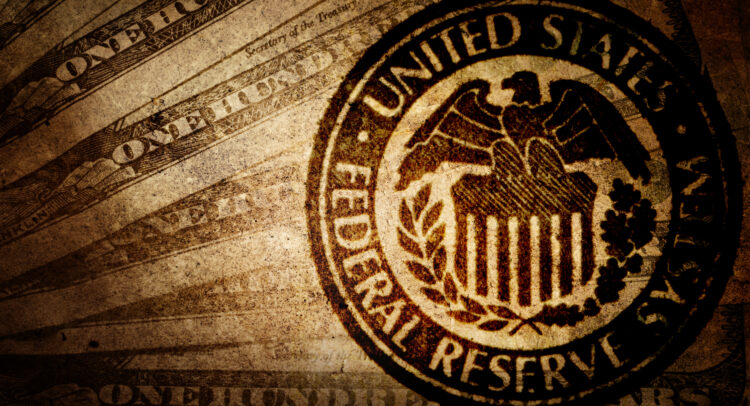The concept of a global reserve currency isn’t a modern invention. Since the Renaissance, the title of the world’s reserve currency has been passed like a baton among global economic powers. The changes reflect shifts in trade dominance, military power, and financial influence from 1450 to the present day. Each shift tells a story of economic ascent and decline, wars, colonization, and shifting political landscapes.
Elevate Your Investing Strategy:
- Take advantage of TipRanks Premium at 50% off! Unlock powerful investing tools, advanced data, and expert analyst insights to help you invest with confidence.
Portugal’s Escudo (1450-1530)
The journey begins in the mid-15th century in Portugal. The tiny nation carved out a vast global empire, establishing trade routes to Africa, Asia, and South America. The Portuguese escudo emerged as the first de facto world currency, facilitated by Lisbon’s pivotal role in global trade. The Age of Discovery, from the 1450s to the 1530s, turned Portugal into a commercial colossus, setting the stage for the global reserve currencies that would follow.
Spanish Real (1530-1640)
Following Portugal, Spain took the mantle in the 16th century, buoyed by the immense wealth flowing from its colonies in the Americas. The Spanish real became the currency of choice for international trade, bolstered by silver from the New World. Spain’s dominance in global commerce made the real the world’s unofficial reserve currency for over a century, illustrating the direct connection between colonial wealth and economic power.
Dutch Guilder (1640-1720)
The 17th century witnessed the rise of the Dutch Empire and the Dutch guilder. The Netherlands’ strategic position in global trade and its financial innovations, such as the Amsterdam Stock Exchange—the world’s first—ushered in the Dutch guilder’s era. This period marked the zenith of Dutch economic influence, with the guilder dominating European commerce.
French Franc (1720-1815)
By the 18th century, France, under the reign of Louis XIV and later, became the powerhouse of Europe. The French franc circulated widely across the continent, driven by France’s extensive territories and its central role in European politics and commerce. However, the financial strains of wars, the tulip mania bubble, and the revolutionary issuance of Assignats—a form of early paper money that rapidly depreciated—ultimately undermined France’s economic standing.
Sterling Supremacy
The British pound sterling became the preeminent reserve currency in the 19th century, reflecting the vast reach and power of the British Empire. At its peak, the pound was the most trusted and widely circulated currency, underpinned by Britain’s political stability and industrial might. However, post-World War I economic policies aimed at maintaining the pound’s pre-war value led to deflation and economic stagnation, signaling the beginning of its decline.
American Dollar (1920-Present)
The 20th century saw the United States rise as the dominant world power. The two World Wars and the interwar period highlighted the limitations of European powers and set the stage for the U.S. dollar’s dominance. Officially cemented by the Bretton Woods Agreement in 1944, the dollar became the backbone of international finance. Despite the end of the gold standard in 1971, the dollar’s reserve status remained unchallenged, accounting for over 61% of global foreign bank reserves and nearly 40% of the world’s debt today.
Looking Ahead
If there is one consistent pattern for the above nations and currencies, it’s that dominance was not the result of having the best army, economy, politics, or technology. Instead, the great English adventurer and traveler, Sir Walter Raleigh, gave the following answer, “For whosoever commands the sea commands the trade; whosoever commands the trade of the world commands the riches of the world, and consequently the world itself.”
















